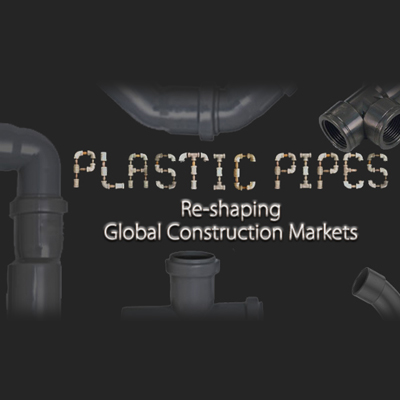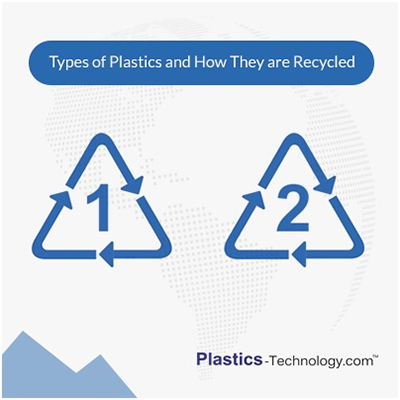Advancements in Quality Control Systems for Plastic Products

In recent years, quality control systems for plastic products have undergone significant advancements, driven by technological innovations. Automated inspection systems utilizing machine vision technology, artificial intelligence for defect recognition, and the integration of IoT devices are among the key developments. Data analytics and cloud-based quality management software have also played crucial roles in enhancing efficiency and ensuring consistency in plastic manufacturing. These advancements collectively contribute to higher precision, faster detection of defects, and improved overall product quality.
Recent years have witnessed notable progress in quality control for the production of plastic products, propelled by technological innovations and an increasing focus on upholding stringent manufacturing standards. Significant advancements in quality control systems for plastic products encompass:
1. Automated Inspection Systems:
- Machine Vision Technology: Automated inspection systems using machine vision technology have become more sophisticated. Cameras and sensors are employed to analyze the surface quality, dimensions, and defects of plastic products at high speeds. This helps in detecting even minor imperfections that might be overlooked by human inspectors.
- 3D Scanning and Imaging: Advanced 3D scanning and imaging technologies enable a comprehensive examination of plastic products. These systems can create detailed, three-dimensional representations of products, facilitating accurate measurements and defect detection.
2. Data Analytics and Artificial Intelligence (AI):
- Predictive Analytics: AI algorithms are increasingly being used for predictive analytics in quality control. By analyzing historical data, machine learning models can predict potential issues in the production process, allowing for proactive measures to maintain quality.
- Defect Recognition: AI-driven image recognition systems can identify and classify defects in plastic products with a high level of accuracy. This helps in reducing false positives and ensures consistent and reliable quality control.
3. IoT Integration:
- Intelligent Sensors: The incorporation of Internet of Things (IoT) devices and smart sensors into the manufacturing process enables continuous monitoring of critical parameters like temperature, pressure, and humidity in real-time. This facilitates the maintenance of optimal conditions for plastic processing, ensuring consistent product quality.
- Remote Monitoring: IoT-connected devices enable remote monitoring of production lines, allowing manufacturers to access real-time data and make adjustments or address issues promptly, irrespective of their physical location.
4. Quality Management Software (QMS):
- Cloud-Based QMS: Quality management software has evolved to be more accessible and collaborative through cloud-based solutions. This enables real-time data sharing, collaboration among different stakeholders, and easy access to quality control information from anywhere.
- Integration with ERP Systems: Integration with ERP Systems: Aligning with Enterprise Resource Planning (ERP) systems ensures smooth coordination among production, quality control, and various business processes. This integrated approach enhances overall efficiency and minimizes the potential for errors.
5. Advanced Materials Testing:
- Non-Destructive Testing (NDT): Non-Destructive Testing (NDT): The utilization of non-destructive testing techniques, including ultrasonic testing and X-ray inspection, is on the rise for evaluating the internal quality of plastic products without inducing any damage. This guarantees that products adhere to quality standards while preserving their structural integrity.
6. Regulatory Compliance and Traceability:
Blockchain Technology: Blockchain is being explored to ensure traceability and transparency in the supply chain. This technology helps in tracking the origin of raw materials, manufacturing processes, and distribution, ensuring compliance with quality standards and regulations.
These advancements collectively contribute to enhancing the accuracy, efficiency, and reliability of quality control systems for plastic products, ultimately leading to improved product quality and customer satisfaction.



